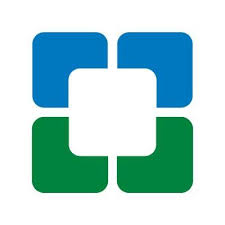
Screening for and Managing Pulmonary Dysfunction
Pulmonary dysfunction is a common side effect of some pediatric cancer treatments, such as chest radiotherapy. This resource discusses current guidelines and new research.

Pulmonary dysfunction is a common side effect of some pediatric cancer treatments, such as chest radiotherapy. This resource discusses current guidelines and new research.
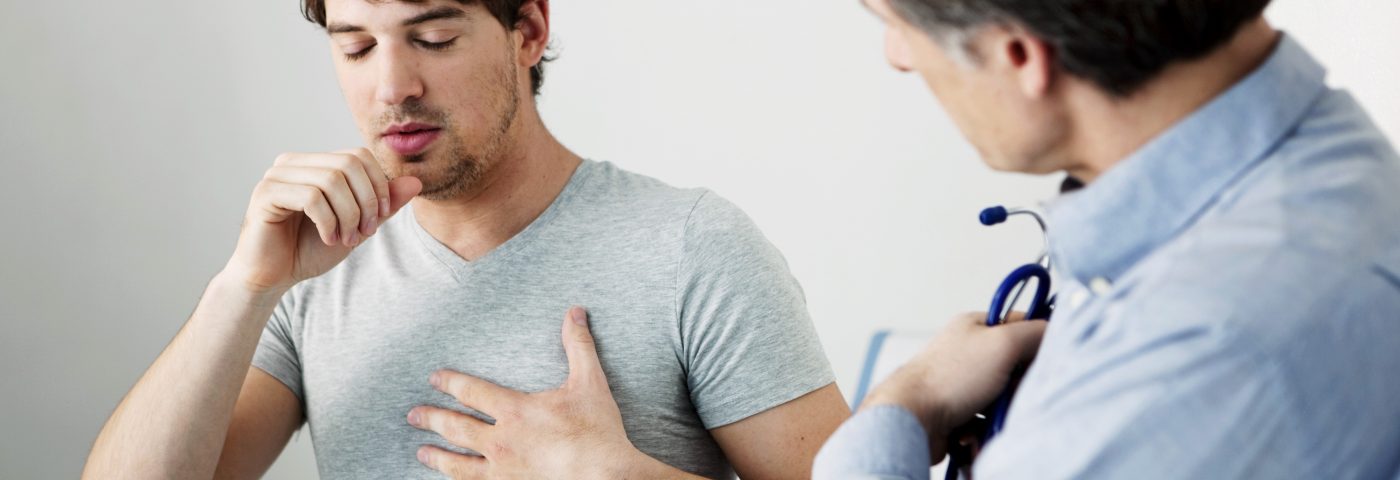
Pulmonary complications can occur 25 years after initial diagnosis of childhood cancer and have a substantial impact on daily life. Lung tissue is especially vulnerable
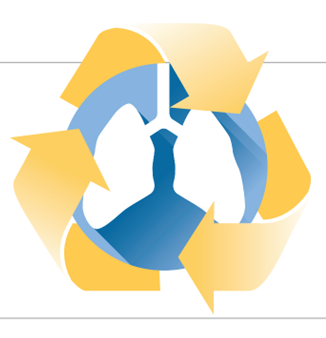
A lung transplant is a surgery where one or both of a the lungs are replaced with the lung or lungs from a suitable organ
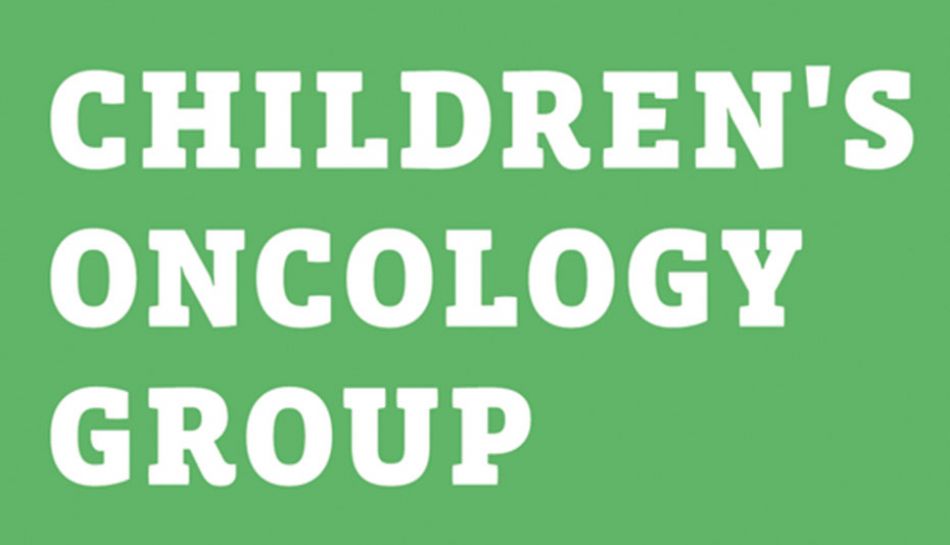
The lungs are vital organs that supply oxygen to the body. Sometimes, treatments given for childhood cancer can cause lung damage. If you received treatments
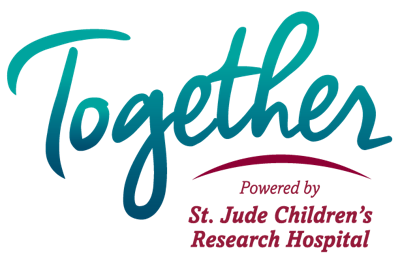
Specific treatments for childhood cancers can cause lung and breathing problems. You can take steps to protect and promote your lung health. You can help
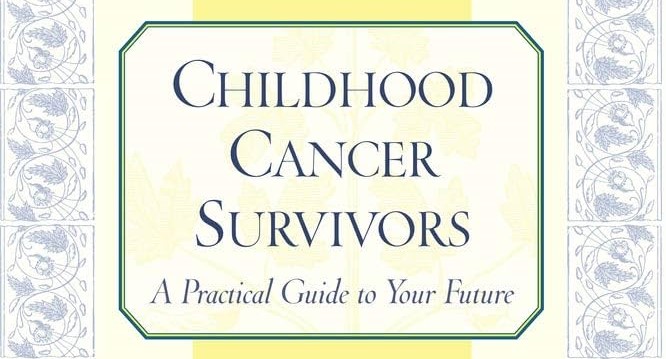
Lung damage from treatment can reduce your lungs’ ability to expand and thus the air they can hold (restrictive lung disease). Lung growth and chest

Sometimes, treatments given for childhood cancer can cause lung damage. If you received bleomycin during treatment for childhood cancer, you need to learn about specific
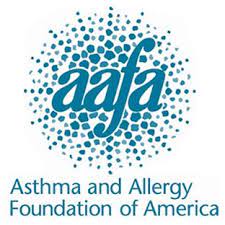
Asthma in infants can look different than asthma in children and adults. This can also make it harder to diagnose. You can successfully manage your
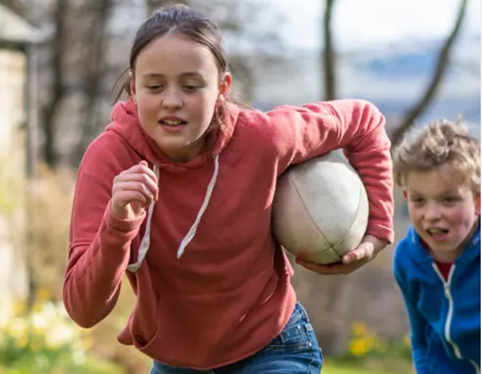
While asthma affects people of all ages, children with asthma have particular concerns. Get tools and resources to help your child with asthma.
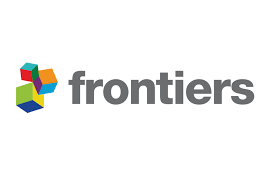
Asthma varies considerably across the life course. This resource provides a detailed overview of various symptoms and how they present differently in early childhood, late